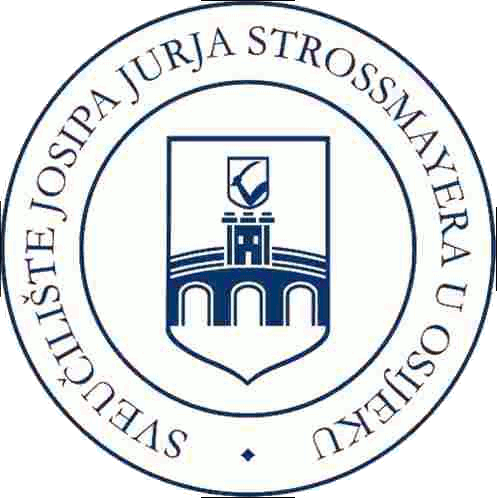Projects/Grants
GPU based implementation for computing the solution to the Quasitriangular Matrix Equation
Project run in collaboration with Prof. Ninoslav Truhar,
Petar Taler
and
Zoran Tomljanović , Dept. of Mathematics, University of Osijek
Project is supported by NVIDIA Corporation through the
Academic Partnership Program and
it has been assigned one TESLA C2070 GPU Computing Processor :-).
Abstract: The solution to the (quasi-) triangular Sylvester equation (i.e. a special case of the Sylvester equation) is well known and there are many FORTRAN codes to compute matrix for such a triangular system (e.g. LAPACK’s routine xTRSYL). However, recent work on the implementation of BLAS and the major factorization routines for the solution of linear systems has demonstrated the potential of GPUs to yield high performance on dense linear algebra operations that can be cast in terms of matrix-matrix products. Hence, in this small scale project we would like to evaluate the impact of these new architectures on the quasitriangular matrix equation solver based on the algorithm proposed in paper “Direct methods for matrix Sylvester and Lyapunov equations” by Danny C. Soerensen and Yunkai Zhou, J. Appl. Math. Vol. 2003, Number 6 (2003), 277-303.
Fast and Efficient Kinetic Spanners
Project leader (on Croatian side): Domagoj Matijevic, Dept. of Mathematics, University of Osijek
Project leader (on German side) : Soeren Laue, Lehrstuhl fuer Theoretische Informatik II, University of Jena
Project is funded by the German Academic Exchange Service
and Croatian Ministry of Science, Education and Sports
Abstract: Point cloud data in low dimensional Euclidean spaces (dimensions up to ten) arises in many applications either through measurements or simulations. For analysis, e.g., clustering or near neighbor search, such data often need to be organized into a data structure. A popular data structure to that means is a kinetic (1+epsilon)-spanner. In this project we want to analyze and implement different point cloud filtrations since point cloud filtrations have been used as a key ingredient of in the construction of succinct, efficient kinetic spanners.

